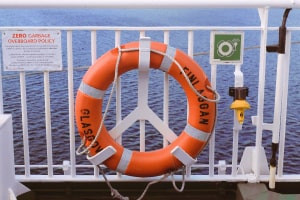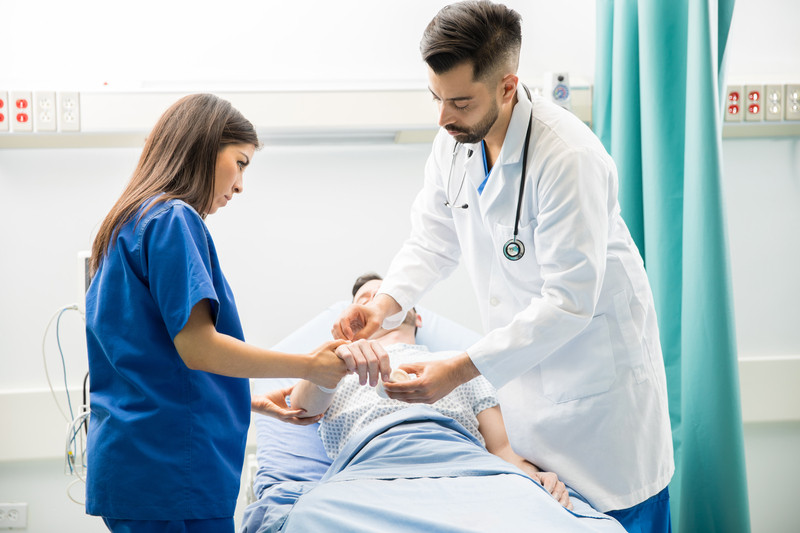All modes of transportation come with varying degrees of accident rates accompanying their usage. These transport accidents are usually considered to be “unintentional” by survivors, demonstrating the importance of safety and emergency preparedness. Who do you imagine will be the next victim of an accident? You? A family member? A friend? The answer is likely to be anyone, as long they are somehow involved in transportation. Involvement could even include bystanders on seashores or road pavements, and people residing close to airports. For this reason, it is necessary to understand the safety requirements around popular transportation forms including air, water, and road transportation. Passengers and bystanders who manage to survive such accidents usually owe their luck to interventions from people who were acquainted with emergency procedures. Such procedures include administering first aid as well as properly using emergency equipment and life-saving appliances. This course specifically discusses emergency concepts surrounding watercraft before, during, and after voyages on sea.
‘Shipboard Safety: Emergency Equipment and Life-Saving Appliances’ is a free online course that is specially designed for learners interested in the workings of ships where the watercraft and those on board are exposed to different hazards. Maritime transportation used to face huge backlash from the public due to the frequency of accidents recorded in the 20th century. This is, however, a thing of the past as records show a reduced amount of global maritime disasters due to improved safety measures. This proves that learning about emergency equipment and life-saving appliances is important in reducing loss of life, pollution of global waters, and grand-scale economic loss. Furthermore, the regulations surrounding emergency equipment discussed in this course cover aspects beyond shipboard concepts, crossing over into daily life and including all sorts of machines. Mariners from around the world would benefit from re-learning and updating their command of safety appliance usage through the completion of this course.
The sinking of the Titanic is often regarded as one of the most fatal safety tragedies of the 20th century. It led to the loss of no fewer than 1,500 lives and the destruction of man’s most valuable ship of that era. As a result of this, the safety of ships has been improved through developments in life-saving appliances with the memory of past fatalities. Also, the various pieces of ship equipment discussed in this course are linked to the lessons learned from inadequate emergency tools analyzed from sunken ships. This course further gives credit to the agencies formed and protocols set because of past incidents on board ships. Without which standardization of emergency procedures, improved training in using equipment and overall shipboard safety would be difficult to commend these days. Students, mariners, maritime enthusiasts and anyone interested in learning about shipboard safety cannot afford to miss this course. Register for this course today to improve your understanding of emergency equipment and life-saving appliances used on ships.
What You Will Learn In This Free Course
- Describe on-board life-saving plans...
- Outline shipboard emergency alarms ...
- Discuss personal protective equipme...
- Describe the applications of life-s...
- Describe on-board life-saving plans and emergency organizations
- Outline shipboard emergency alarms and signals required on board
- Discuss personal protective equipment (PPE) and how to use them
- Describe the applications of life-saving appliances for safety on board
- Outline the man overboard precautions and procedures on board ships
- List some rescue operations and techniques including the steps involved in abandon ship procedures
- Describe the different requirements for launching appliances
- Analyze the operation of survival crafts and rescue boats in ship emergencies
- Outline the rescue operations adopted in different emergency situations on board ships
- Relate the concept of man overboard prevention and procedures involved
View All Learning Outcomes View Less All Alison courses are free to enrol study and complete. To successfully complete this certificate course and become an Alison Graduate, you need to achieve 80% or higher in each course assessment. Once you have completed this certificate course, you have the option to acquire an official certificate, which is a great way to share your achievement with the world.
Your Alison certificate is:
- Ideal for sharing with potential employers
- Great for your CV, professional social media profiles and job applications.
- An indication of your commitment to continuously learn, upskill & achieve high results.
- An incentive for you to continue empowering yourself through lifelong learning.
Alison offers 3 types of certificates for completed certificate courses:
- Digital certificate: a downloadable certificate in PDF format immediately available to you when you complete your purchase.
- certificate: a physical version of your officially branded and security-marked certificate
All certificates are available to purchase through the Alison Shop. For more information on purchasing Alison certificate, please visit our FAQs. If you decide not to purchase your Alison certificate, you can still demonstrate your achievement by sharing your Learner Record or Learner Achievement Verification, both of which are accessible from your Account Settings.





















 CPD Accredited
CPD Accredited
 Total XP:
Total XP: 
 Knowledge & Skills You Will Learn
Knowledge & Skills You Will Learn
 $88,379
$88,379


